Kimi Werner: Dive Into The Deep Unknown
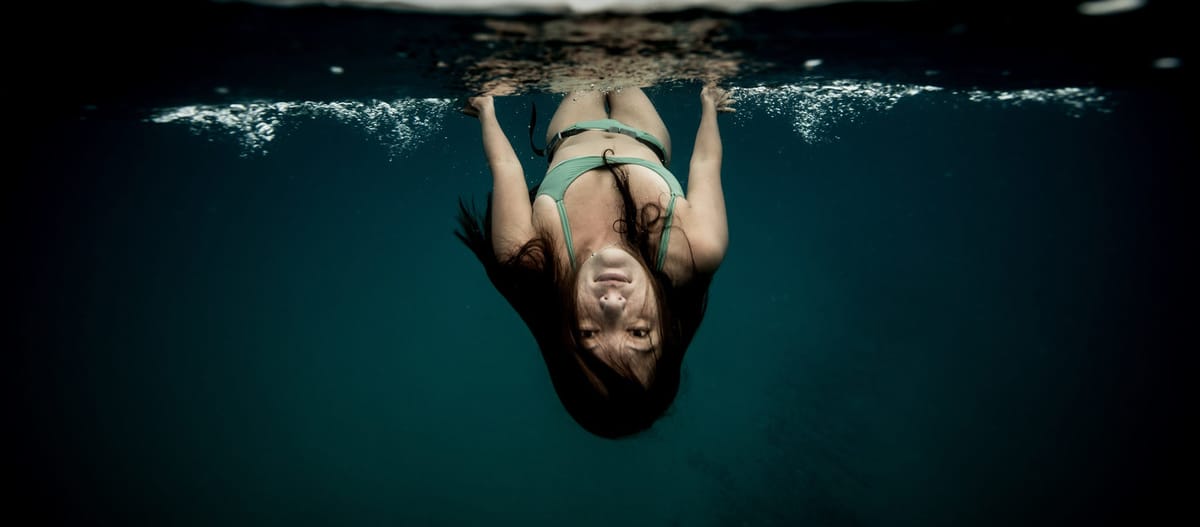
Kimi Werner is a 37-year-old Hawaiian professional free diver and a decorated spear fisher. She has dived all five of the planet’s oceans, explored the Artic to the Antarctic, and has spent more time underwater than anywhere else. Then, for her love of the ocean, she quit the sport.
by OLIVER NERMERICH
Originally printed in The Outdoor Journal, Issue 14, Winter 2017. Subscribe here.
What’s going on in the deep blue? Are there valuable lessons we can uncover in order to improve our lifestyle? And what can we do to protect all these unknown wonders underwater? As land dwellers, the best way to explore the ocean starts with listening. That’s why we jumped at the chance to chat with Kimi Werner. Today, she travels around the globe as an ambassador of nature and inspires others with her simple and sustainable lifestyle – one based on lessons she learned from the ocean. She’s Mercedes had the opportunity to meet this perennial globetrotter during a recent film shoot with the GLC in Hawaii. So let’s take a deep breath and get a glimpse into the unknown – home of spearfisher and freediver, Kimi Werner.
[embed]https://www.youtube.com/watch?v=4ZR1VFNHSyw[/embed]
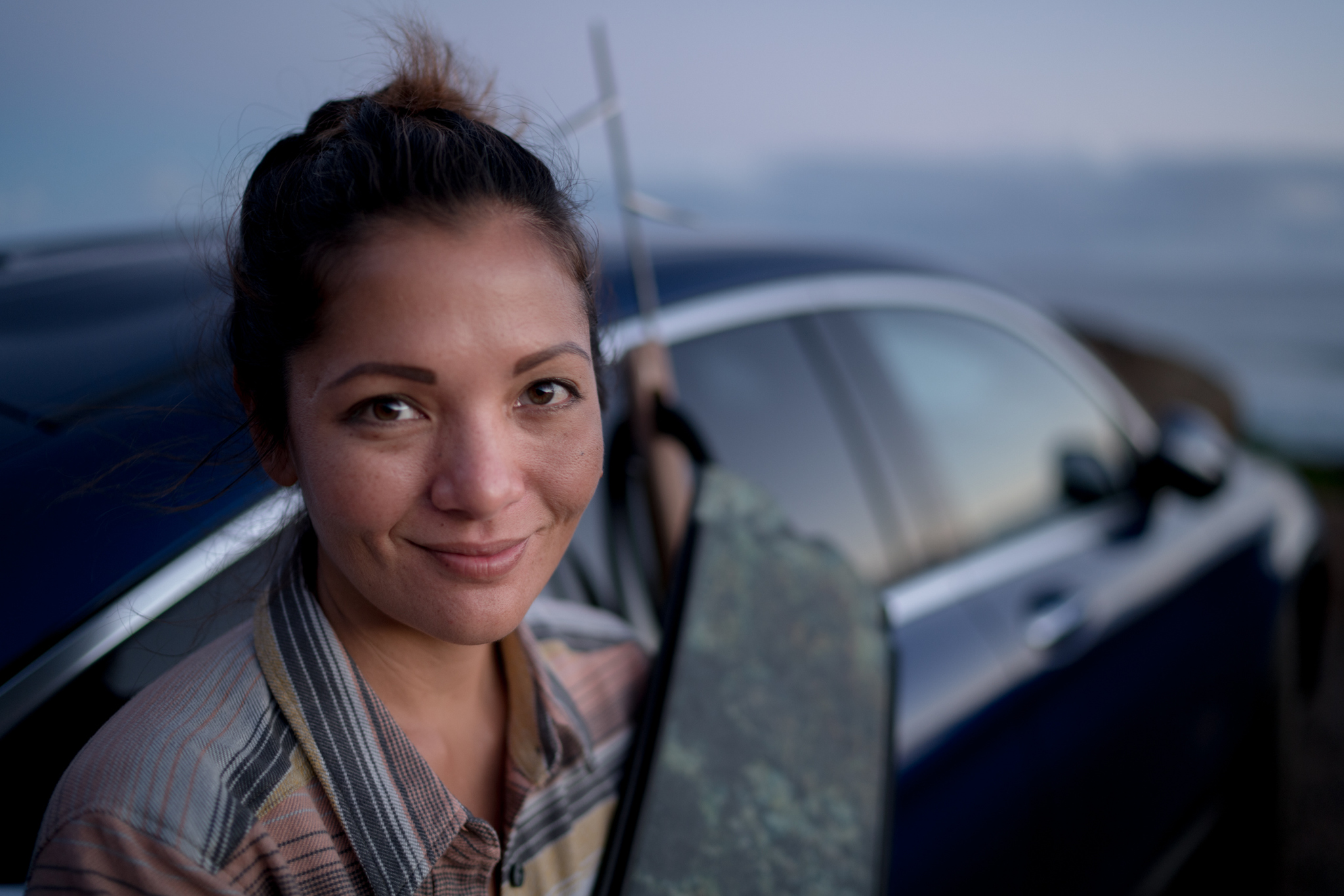
Pressure and Peacefulness
TOJ: The largest habitable space on our planet is the deep ocean, yet we know very little about it. So, take us with you on your dive: what do we see when diving 70 to 100 feet down? How does it feel?
KW: I can feel the pressure starting to squeeze me on my way down. The light just becomes so beautiful, dancing on the surface from far away while diving. The ocean is full of peacefulness for me. It is the perfect place to forget the clamour of the world. I can often hear the sounds of whales in the background and just the many sounds of the ocean...I feel like I have to go with the flow underwater. Like I’m not in control, I’m at the mercy of the sea, so I need to be responsive, alert and open to change. But all of that only makes me feel free and happy.
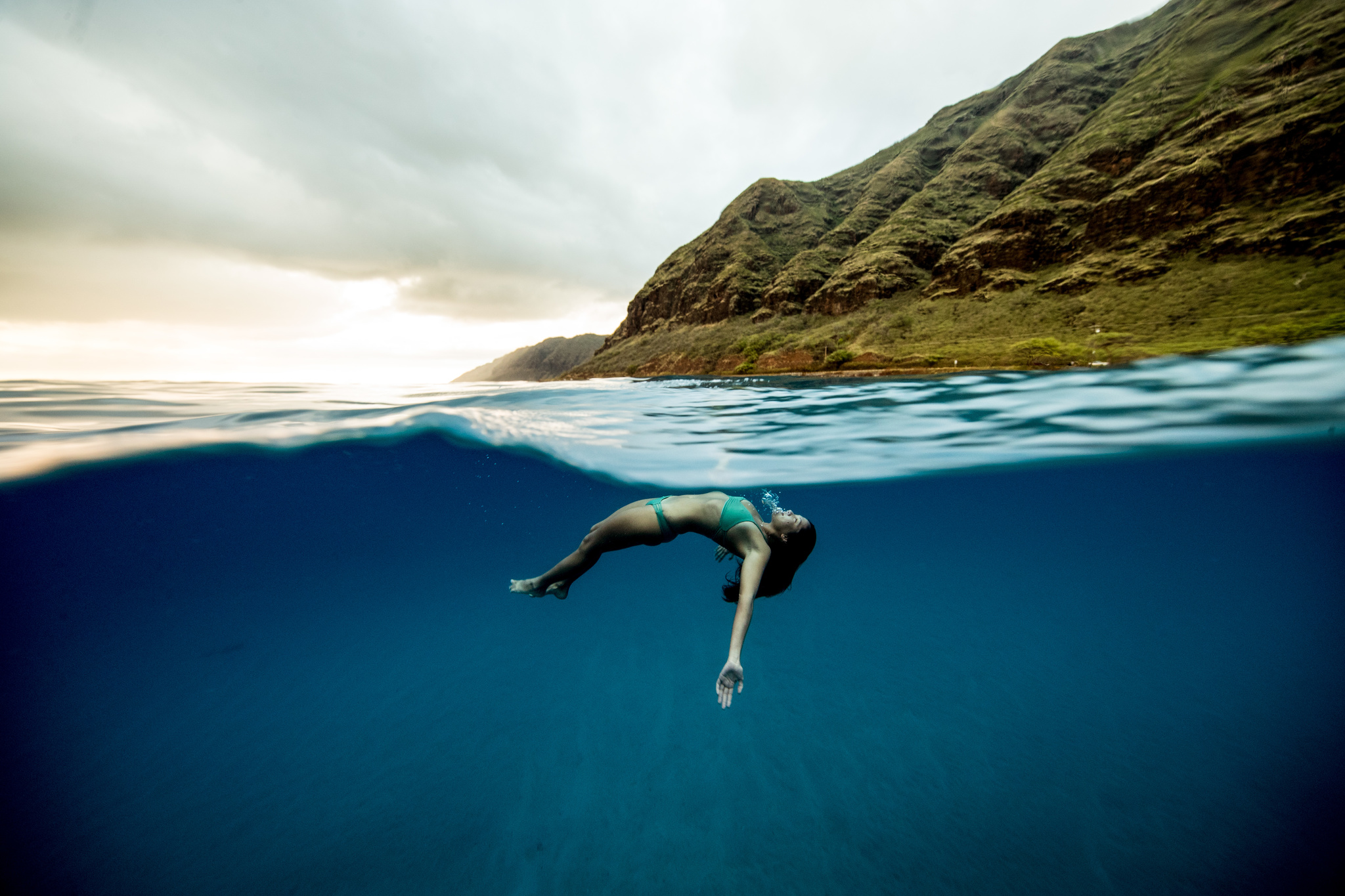
Maui Way of Life
TOJ: You grew up on Maui, Hawaii, where your father was a dedicated freediver. At the age of four or five years, you started tagging along with your dad, who would go spearfishing just to put food on the table. Do you remember your first catch on these trips and how you felt about it?
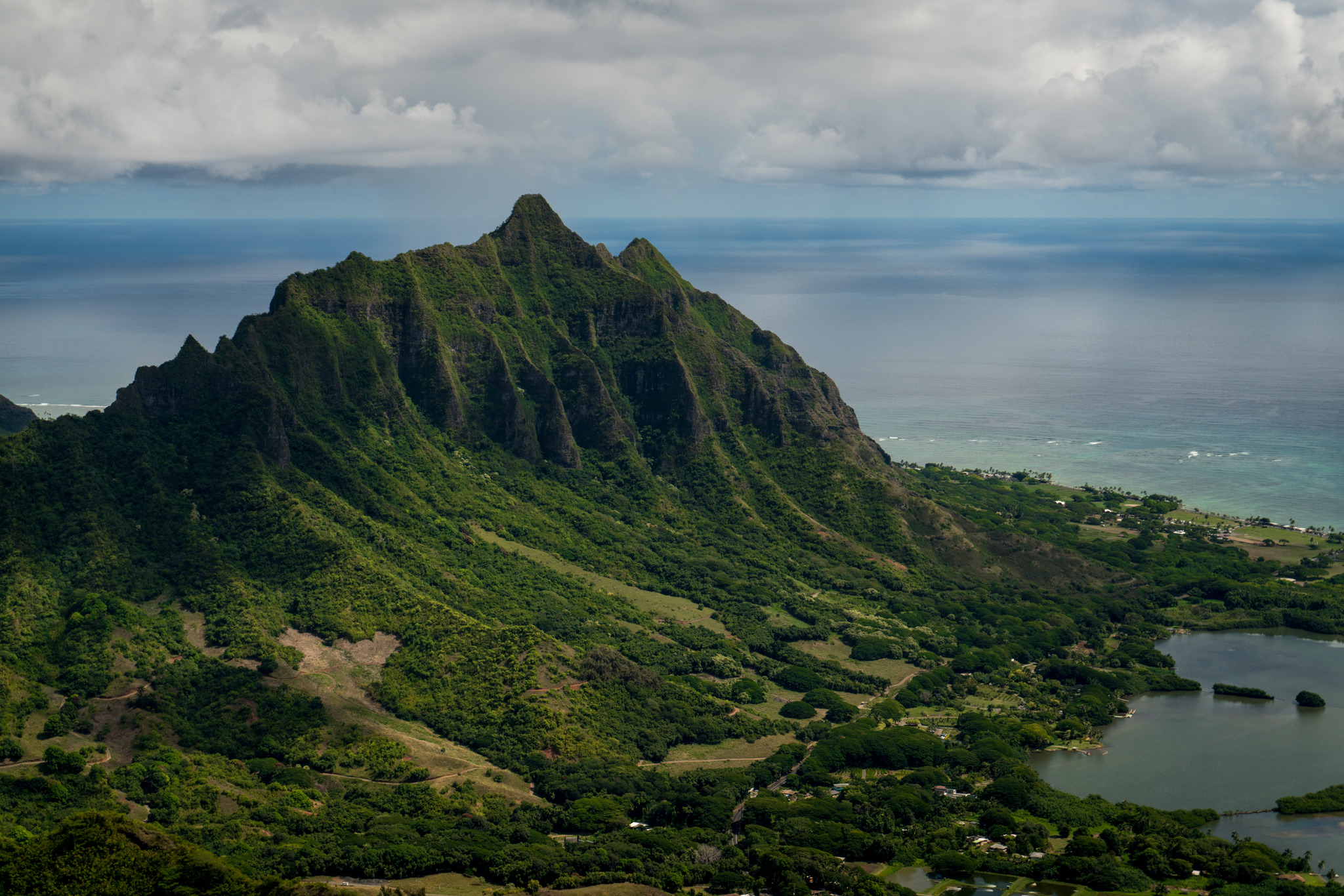
KW: Well, I didn’t catch my own fish back then but just watched my dad do it. I’d sometimes feel sad for the fish that died, but my parents taught me how to turn that feeling into respect and gratitude. The way my parents worked with nature and its natural resources responsibly really shaped the sustainable lifestyle, which I am practicing today.
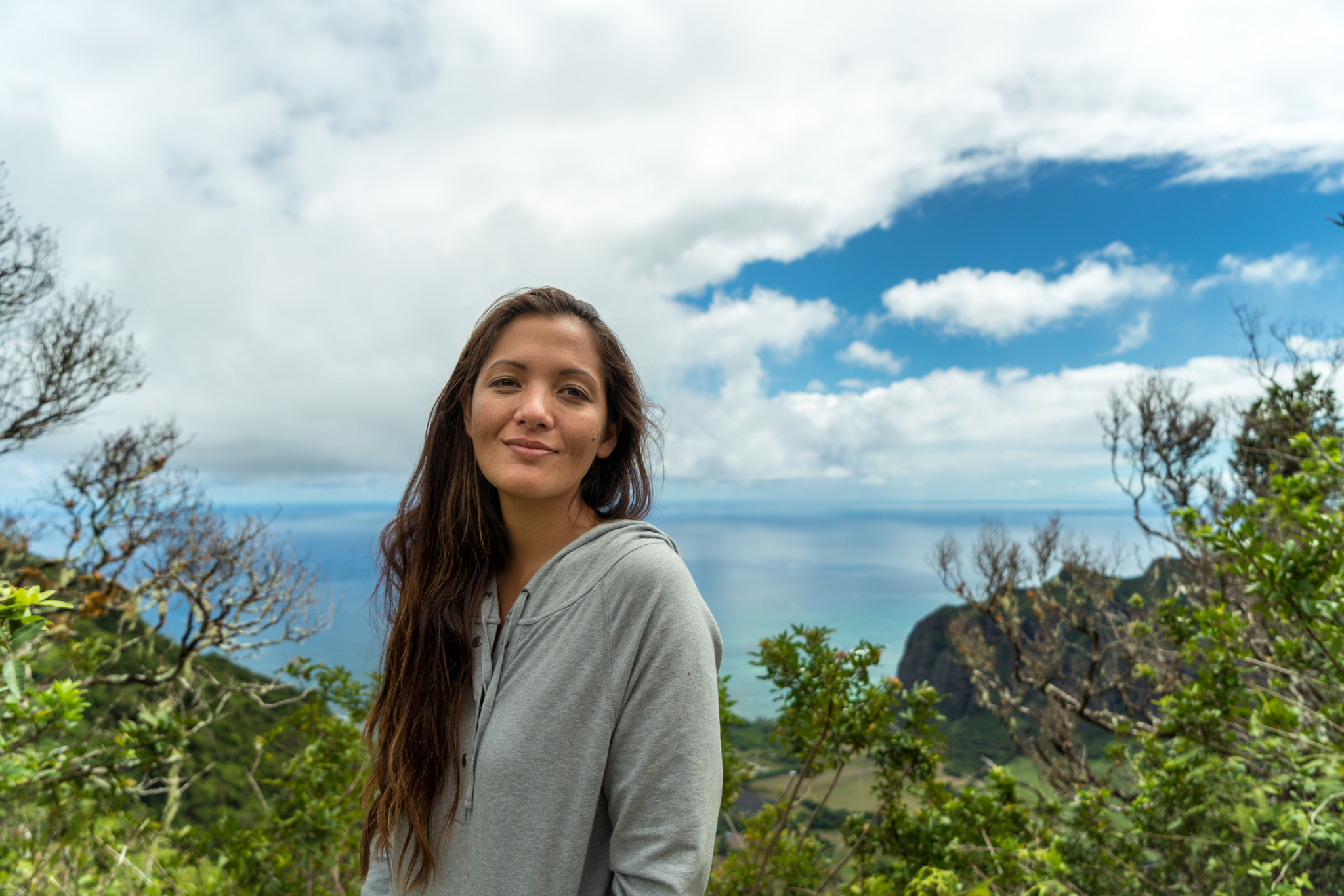
The Interdependence of Life
TOJ: I guess, every time you dive, you gain a better understanding of the ocean. Furthermore, even longer breaks of diving could be instructive for perceiving differences in the deep blue. You stopped diving under water for almost 19 years. Looking back, how did the ocean has changed over the years?
KW: Climate change and the loss of our natural watersheds seem to have the biggest influences on the negative changes that I see. Sediment and dirt brought into the ocean from rains cover the reef and settle on it. This kills the health of the reef and all the animals dependent on it suffer. The reef used to be so much more colorful and alive and the fish were so much more abundant. But due to development on land, the rain does not get naturally filtered through the earth and leaves the way it’s meant to. It basically rushes from the land, over concrete, picking up heavy metals and chemicals the whole way down to the ocean. Every time it rains, the reefs and oceans hurt more than ever before.
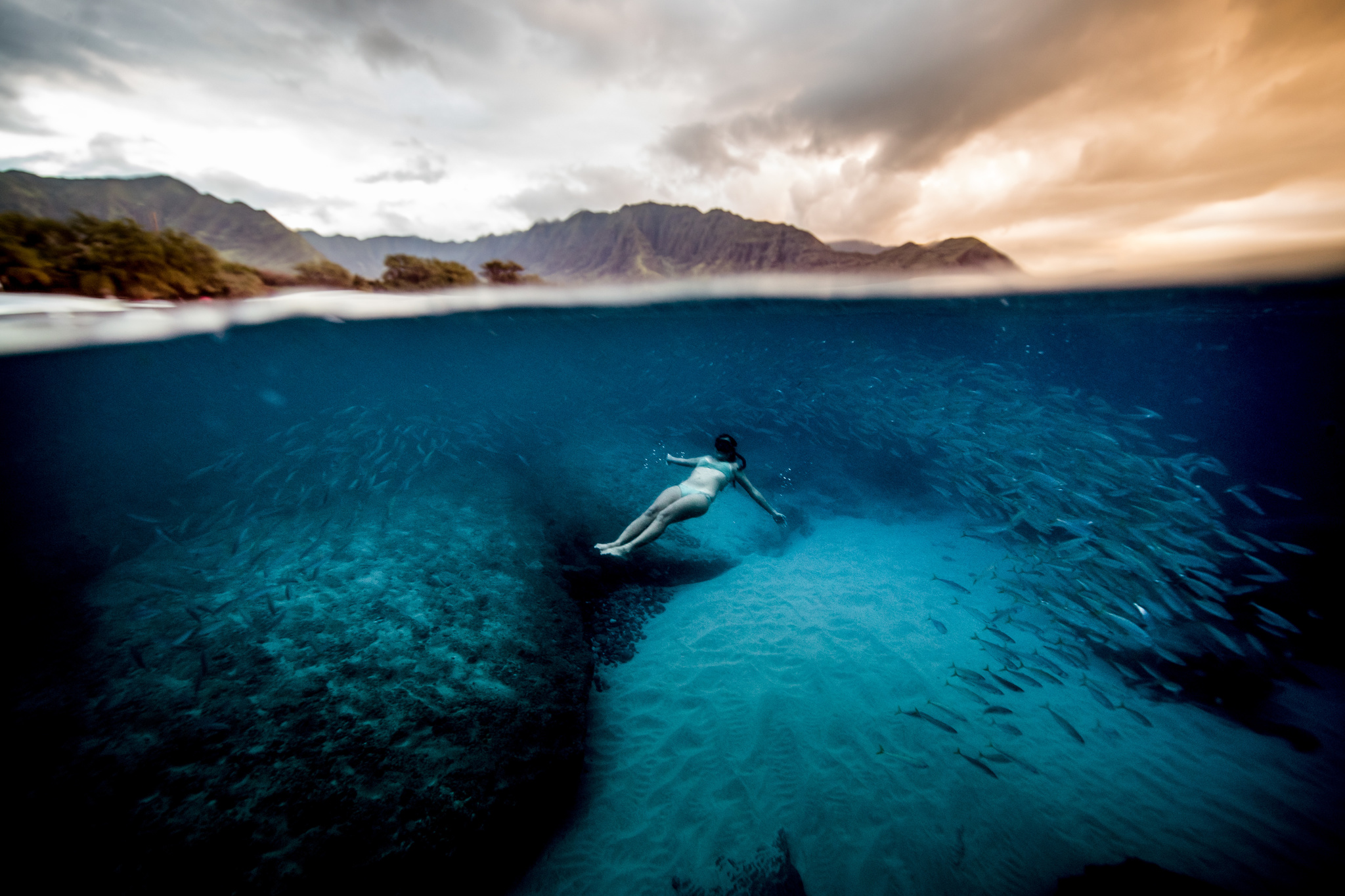
My Purpose in the Ocean
TOJ: What do you do in order to protect the ocean? How did you find your way of support?
KW: Even during the time I was competing in spearfishing, I was more interested in how to protect our oceans from overharvest and from so many other issues that lead to the depletion of our ocean resources. I realized I wasn’t fulfilled just competing and that my role in the ocean had to serve a greater purpose. No “I feel like the best version of myself.” trophy is ever worth giving up your life. So I guess I found my way of protecting the ocean when I found back to my roots: to get your own food from the ocean. That alone, helps protect it because I do so mindfully in regards to making selective and sustainable choices. We often don’t know what kind of affect we are having on the ocean when we buy things from industrial scale fisheries with little transparency. Aside from the food aspect, I also make documentaries about reef ecosystems and how to protect them. I also spread awareness of the microplastics in the ocean from single-use plastic products. I try to promote reusable responsible products instead.
The Unavoidable Risks
TOJ: I’ve read that freedivers intentionally let their heart rates drop to under 40bpm. That sounds dangerous. What else happens down there with your body? And when does it pose a risk to you?
KW: I love feeling the compression on my body. I like feeling that squeeze from the many atmospheres of water that are putting pressure on me. It’s amazing how much our bodies can compress. Hypoxia is the most dangerous part of freediving because it can lead to shallow water blackout. Hypoxia means that you don’t have sufficient oxygen and blacking out is a common effect that comes from that.
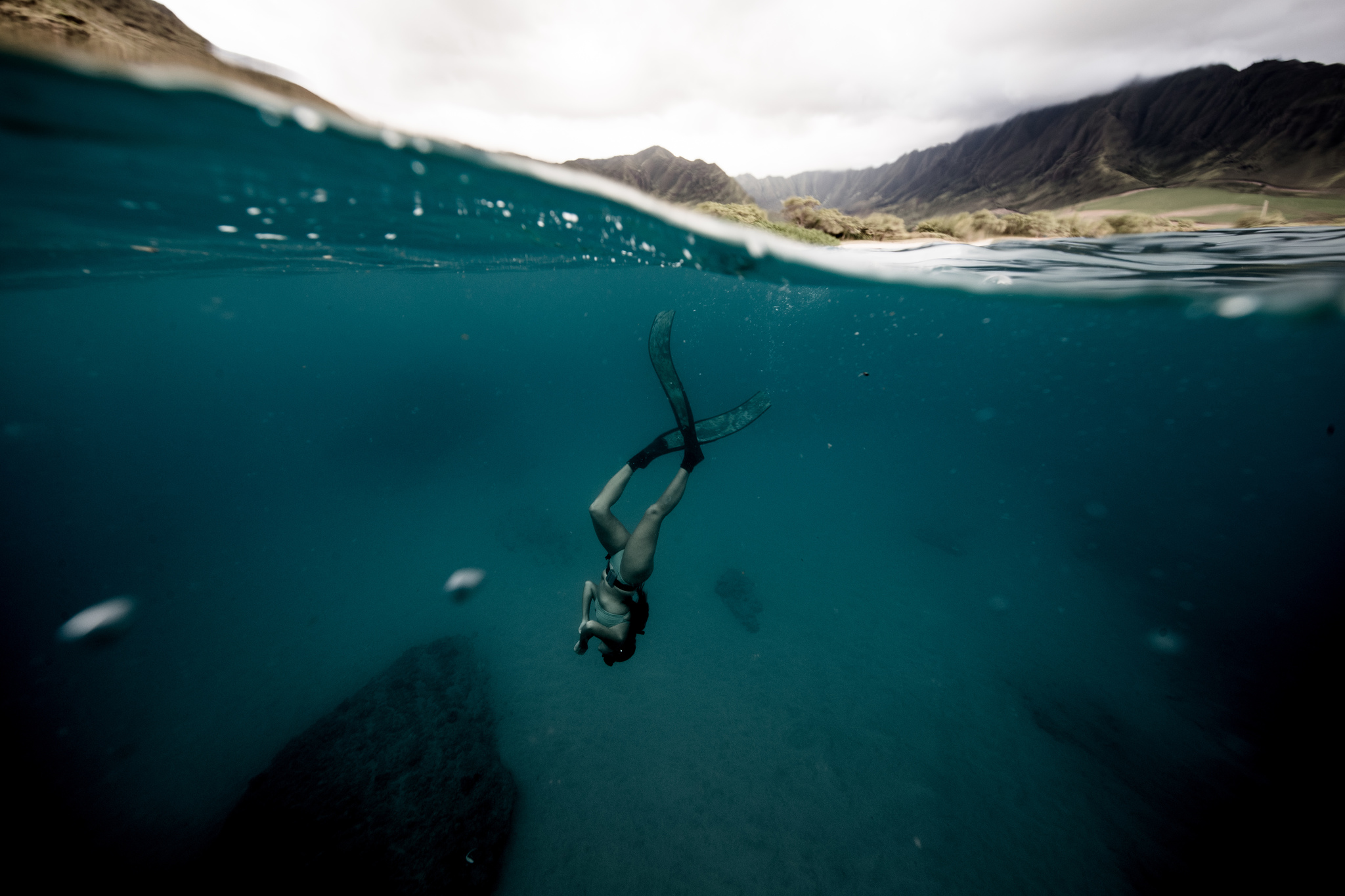
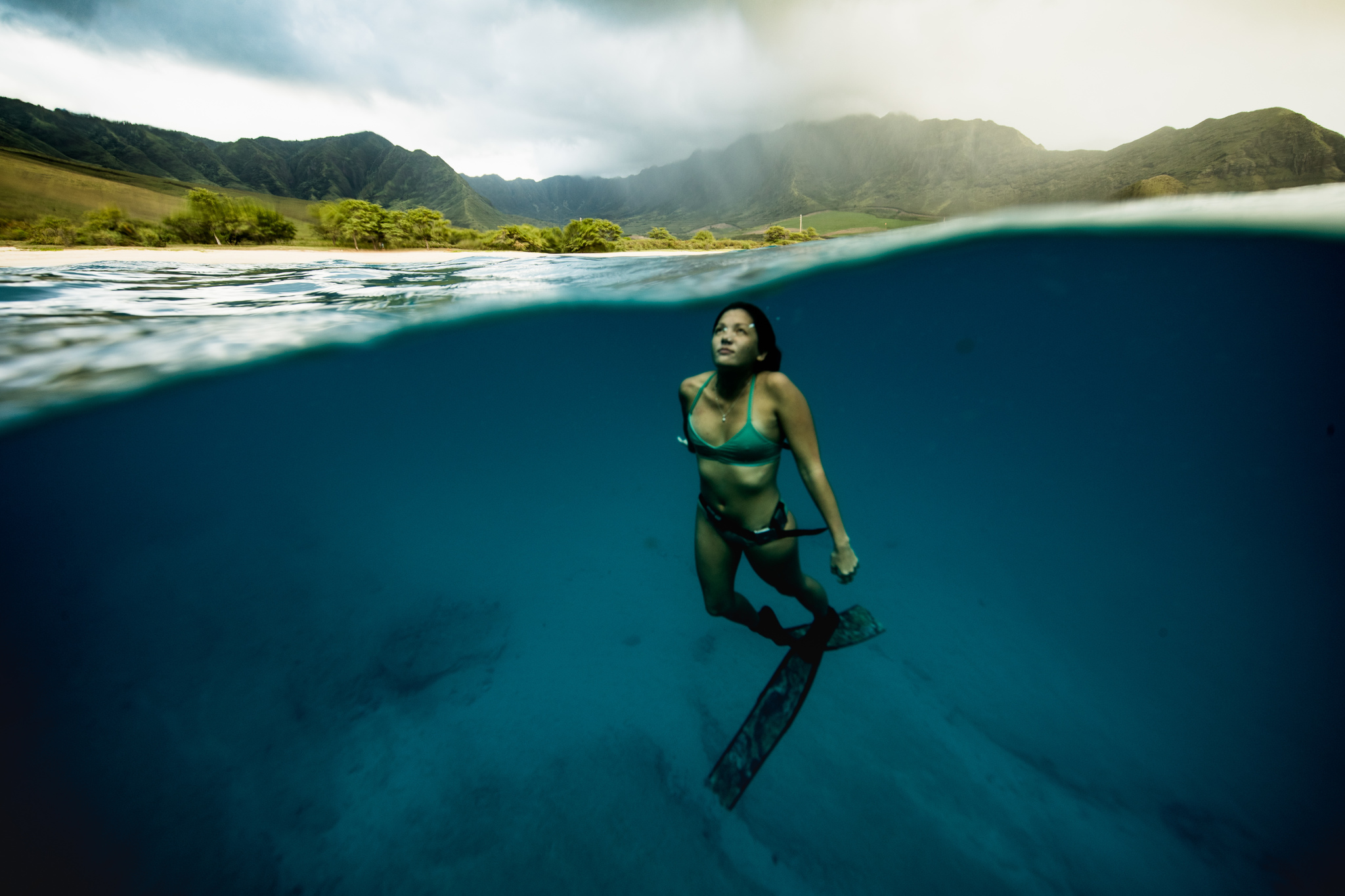
No Room for Panic
TOJ: It must be so tricky to hold your breath while hunting. You need to be totally relaxed, but you’re on the watch at the same time. How does it all work together?
KW: I have to be alert and aware of my situation at all times and always on watch but there is no room for panic or fear-based decisions. Any stress or fear that runs through me is channeled into a calm confidence of serenity. It’s amazing how the intensity and the calm can coexist simultaneously and become all the more powerful to handle each situation. Long slow exhales while breathing up helps lower my heart rate and inhaling from the lowest part of my diaphragm ensures that the oxygen exchange is at its best and gives me the most oxygen possible.
TOJ: What was your scariest moment underwater?
KW: My scariest moment underwater was being surprised when a 17-feet-great white shark approached me on the surface. I know she could’ve eaten me at any second she wanted to. Thereby I became fully aware of the fact that humans are not at the top of the food chain. However, it turned into my most beautiful moment: We made peaceful contact and started a beautiful interaction between two predators.
The Lighter Side of Diving
"There I was, topless, with an octopus, cracking up!"
TOJ: But being underwater shouldn’t just be always flirting with danger. Do you remember a situation where you had to laugh while freediving?
KW: Of course! I laugh all the time underwater. Sometimes my mask fills with water because my cheeks rise when I laugh and breaks the seal of the mask to my face. One time I caught an octopus but it used one of its eight legs to untie my bathing suit top! You don’t mean it! It’s true. There I was, topless, with an octopus, cracking up!
TOJ: Today, as a freediver, a trained chef, an award-winning artist, international speaker and environmental advocate you can finally do what you really love. What is currently the best part of doing what you do?
KW: I love the amazing places that I get to see, the kind people I meet along the way and how I never stop learning. If I had to choose my absolute favorite part of what I do, I’d say, just the fact that I get to connect with nature so deeply, that will make me forever grateful.
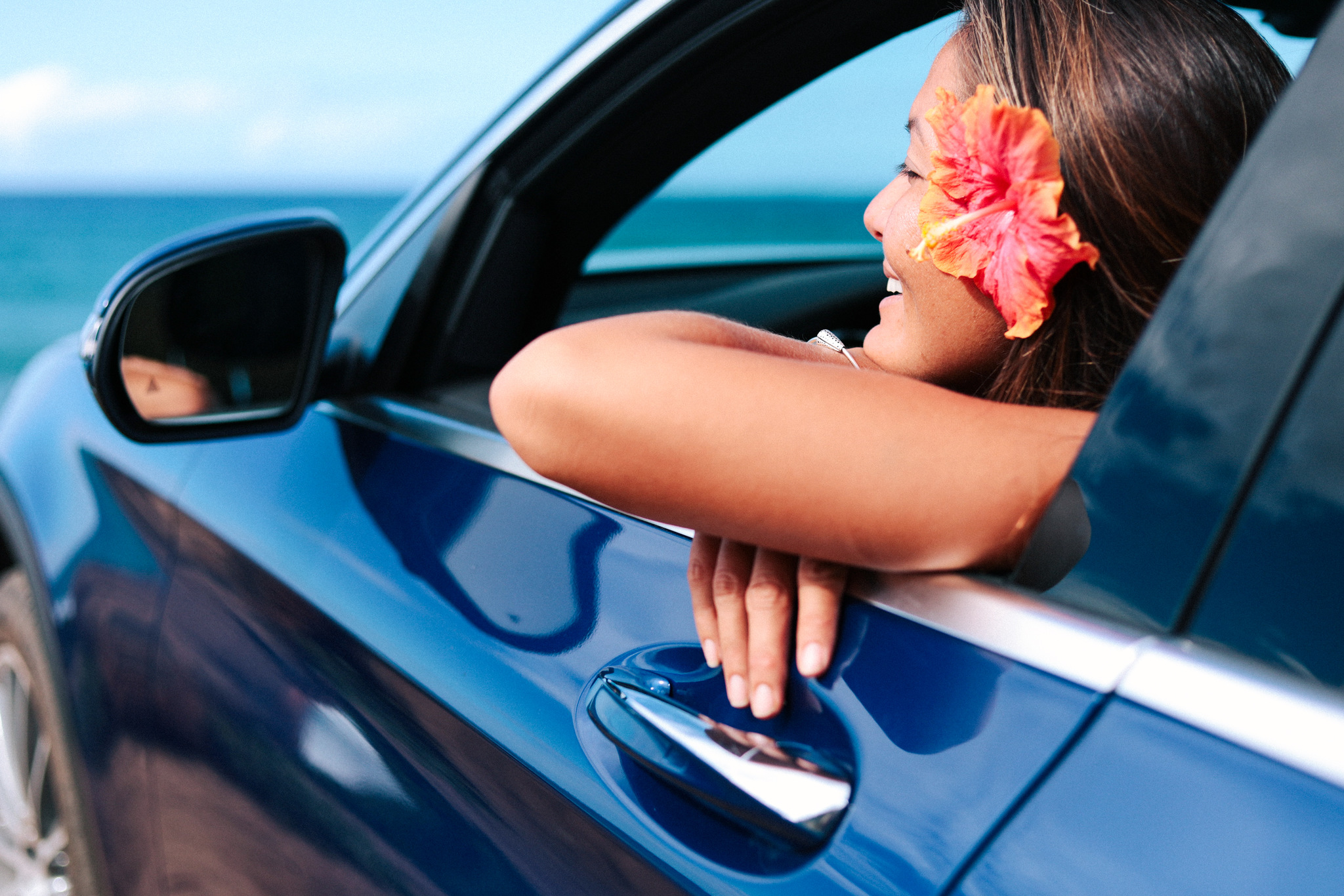
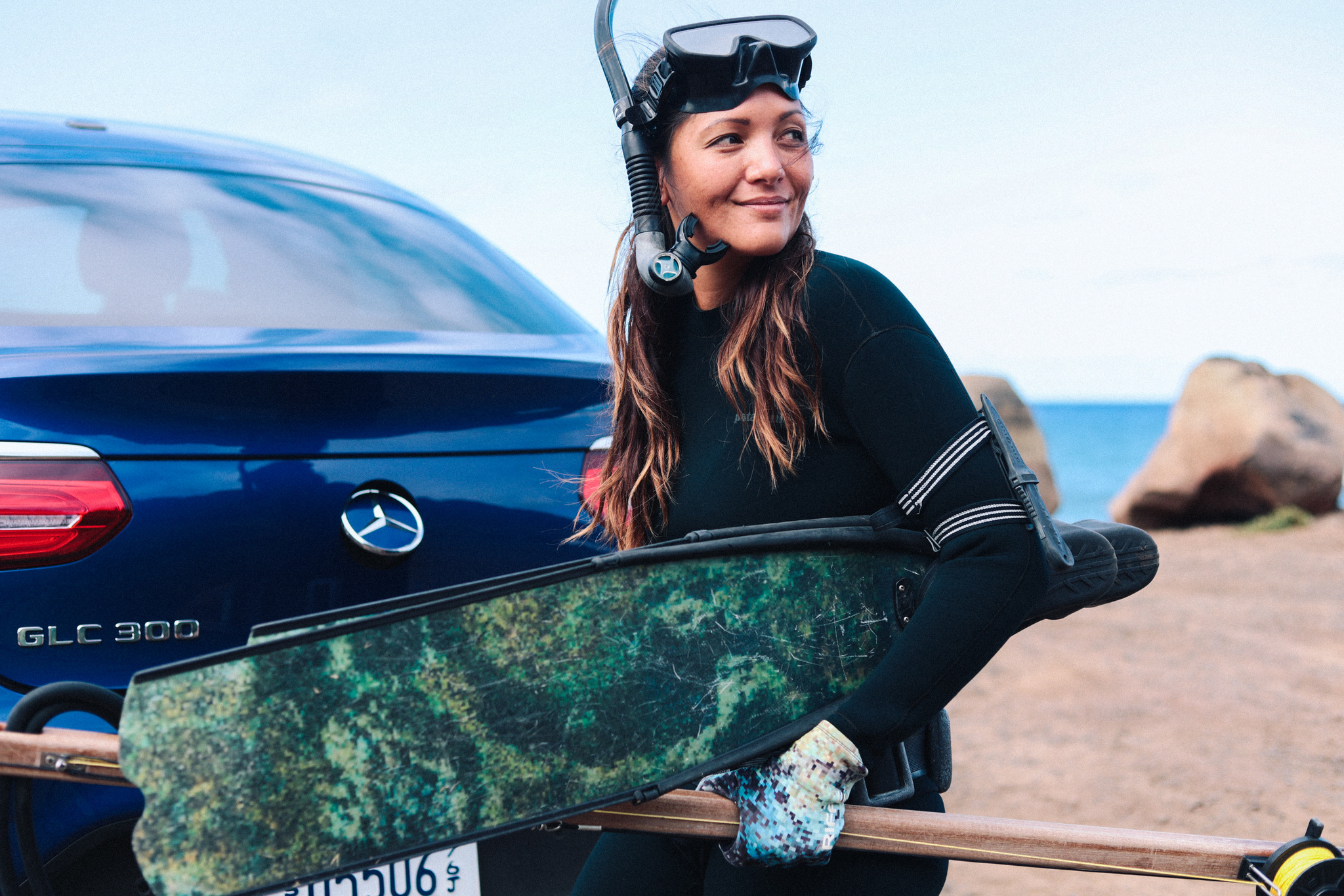
Life Lessons Learned
TOJ: What has the ocean taught you for your life? Can you list up your personal top five life lessons?
KW:
- When you feel the need to speed up, slow down.
- When you feel like you “blew” the perfect shot, don’t get discouraged, learn from it. It will only help you when the next opportunity comes.
- Go with the flow, don’t fight it. In the ocean and in life, the only constant is change.
- Being present is everything. It’s so good for my soul and for my mental health. It’s important to be right here, right now, in this exact moment and nowhere else.
- We have the ability to turn fear into courage. Stress and fear are not enemies, they are the energy that runs through us to help keep us alert and help us preform the task ahead. It’s simply our job to harness that energy and welcome it by transforming it into positive confidence and calm power.
Connection to Source
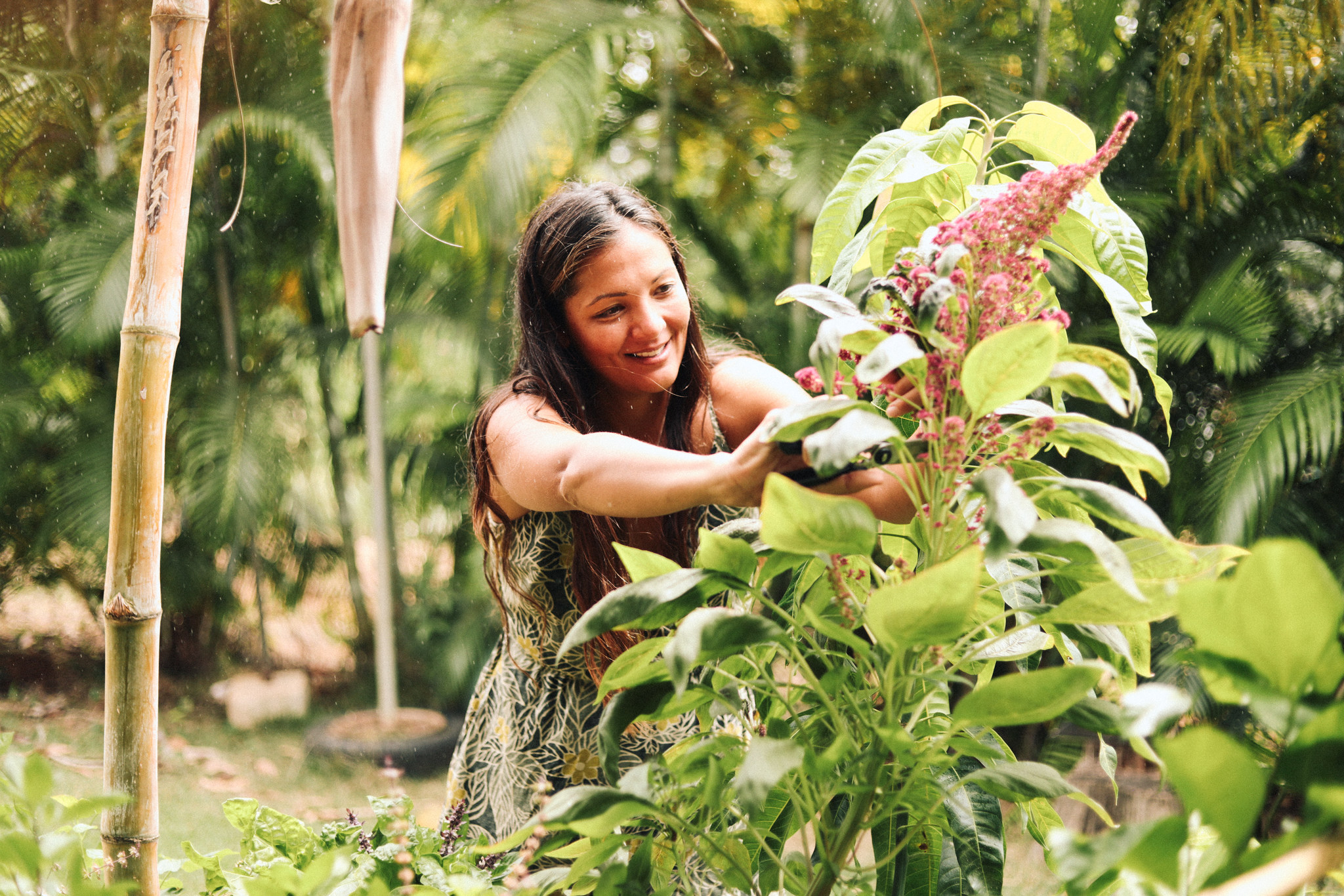
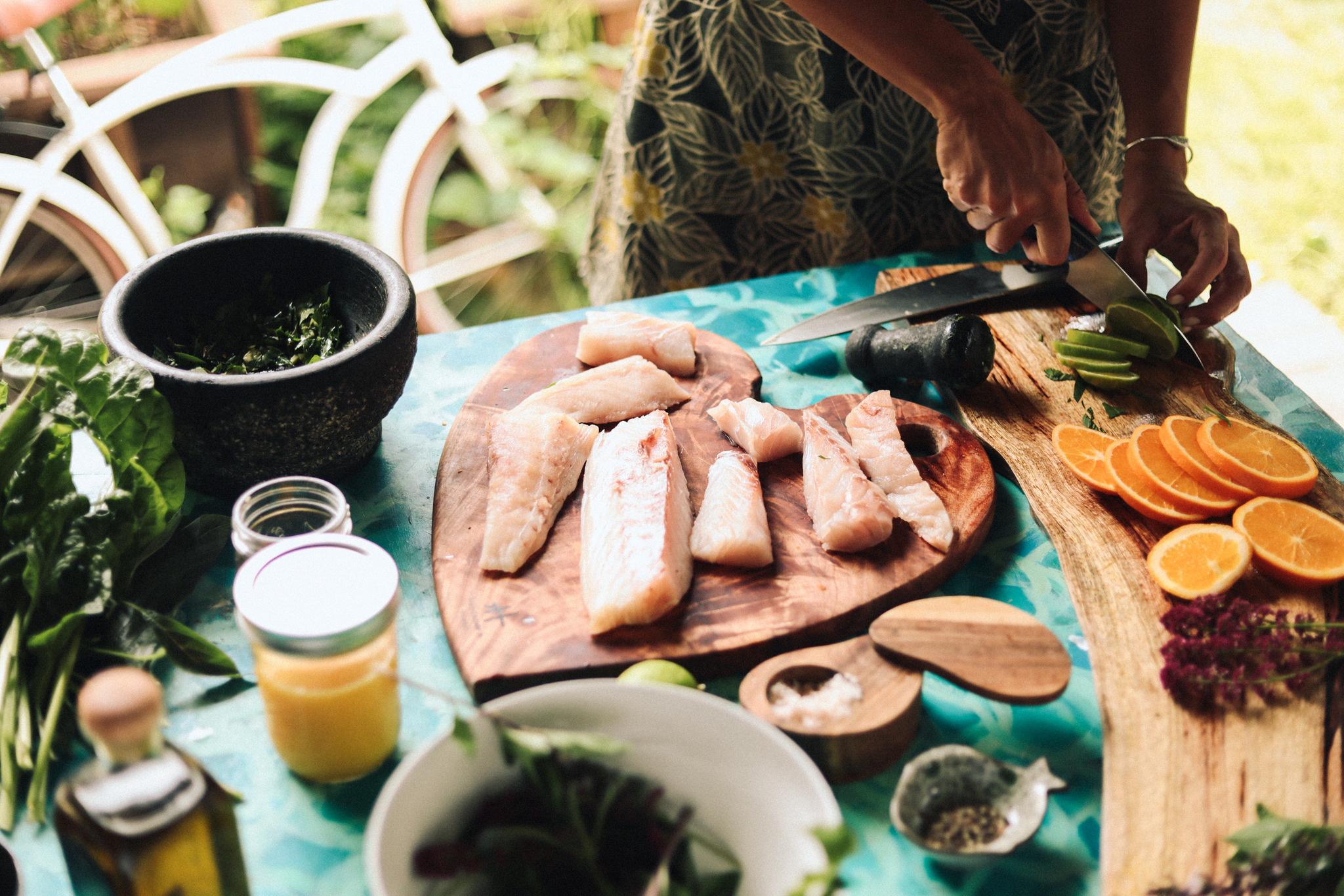
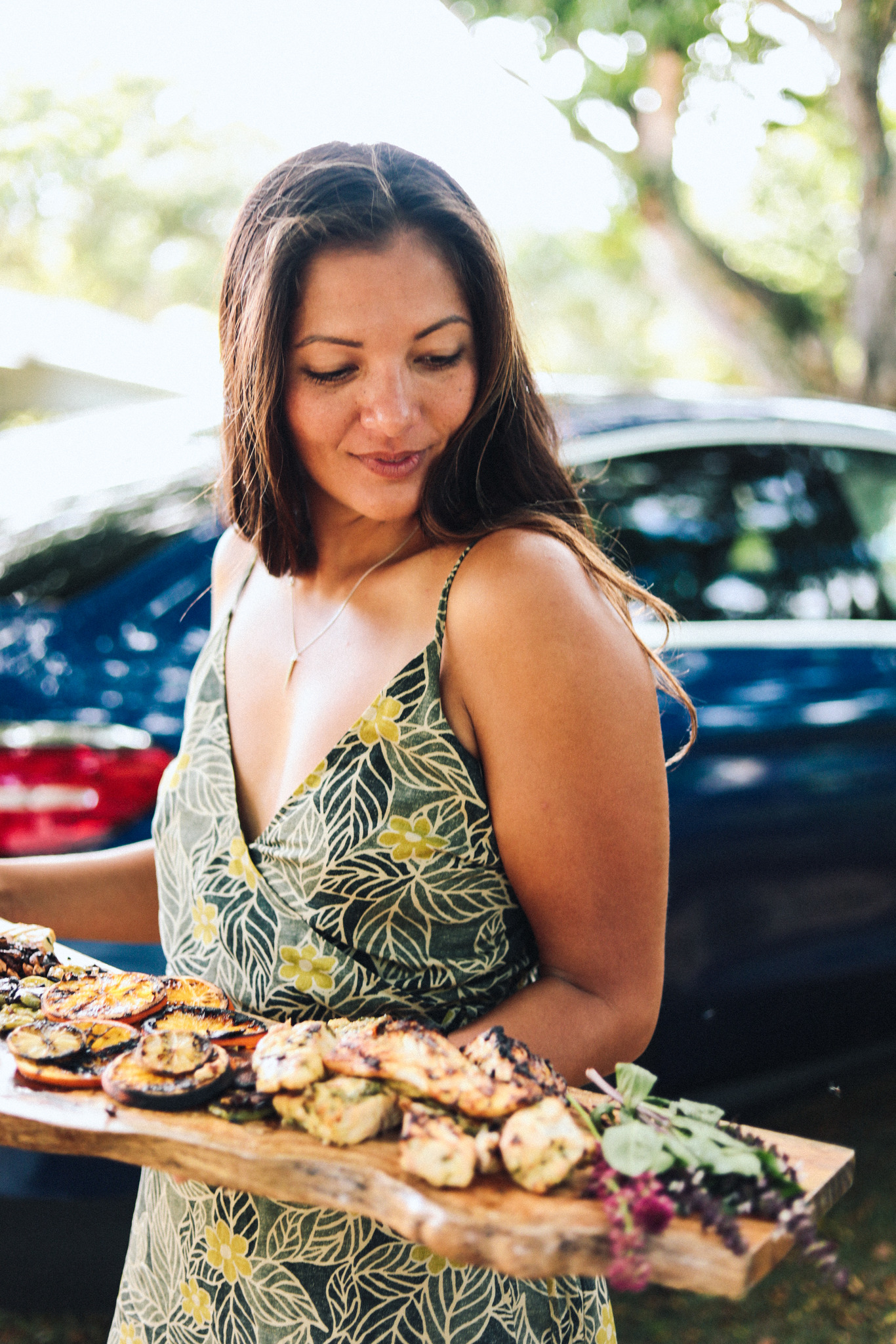
TOJ: Thanks for sharing! Last but not least: do you have a vision for the future?
KW: Oh, yes! My vision for the future comes from the past. Once upon a time, people were more connected to nature and our part in it. Any time anyone sat down to eat a plate of food they had some idea of where that food came from–of what the animal looked like and how it lived, of where the plant grew and who harvested it...simple things like that. But nowadays people don’t have that knowledge and even when trying to search for it, the answers are hard to find. I hope one day, we will all be connected enough to the source, that we will understand the stories behind the beautiful plants and animals that not only feed us but coexist in this beautiful world.

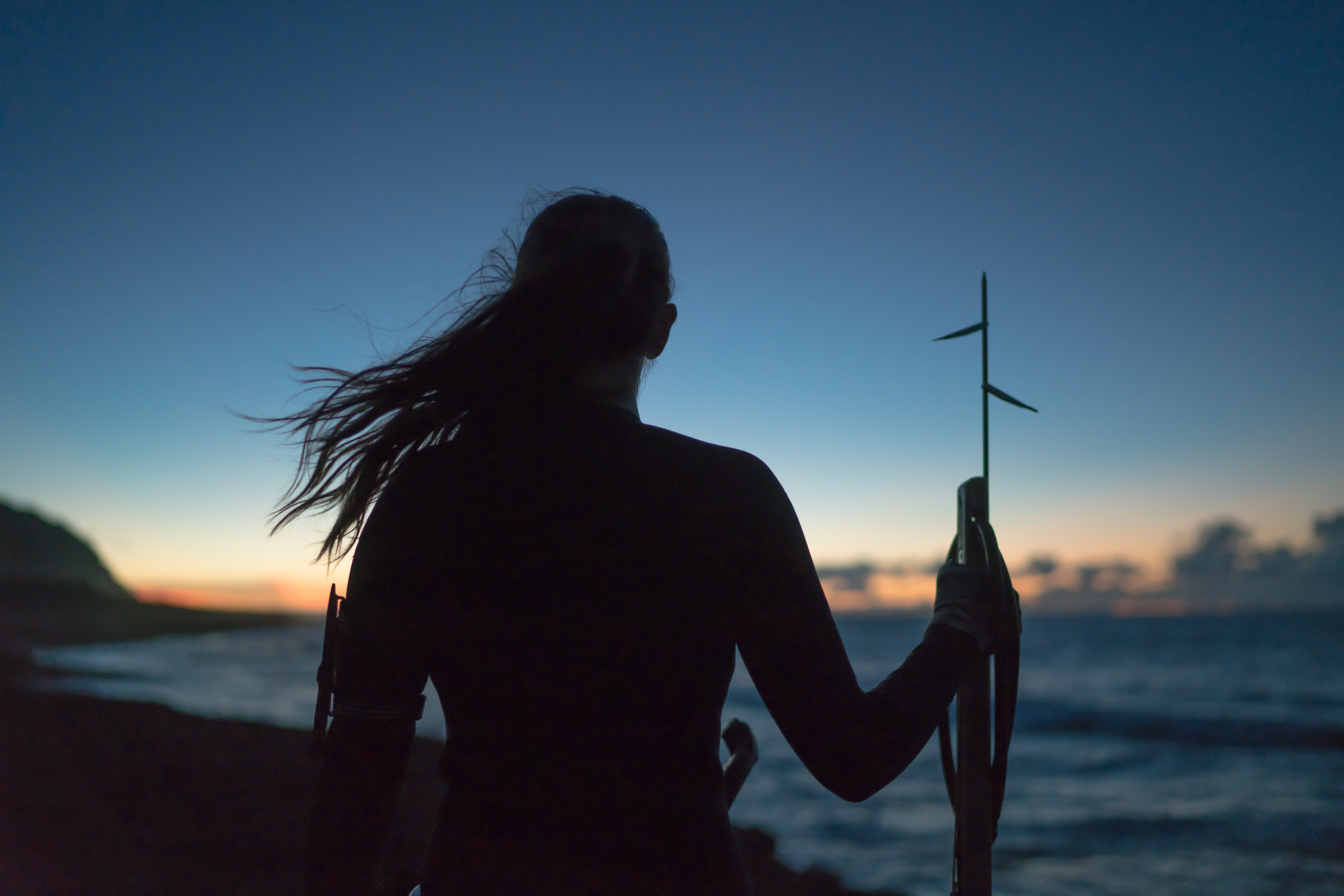
Interview by She’s Mercedes in collaboration with The Outdoor Journal.
Follow Kimi on Instagram, Facebook and Twitter
Feature Image © James Perrin @perrinjames1





Comments ()